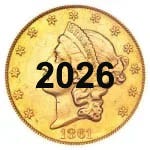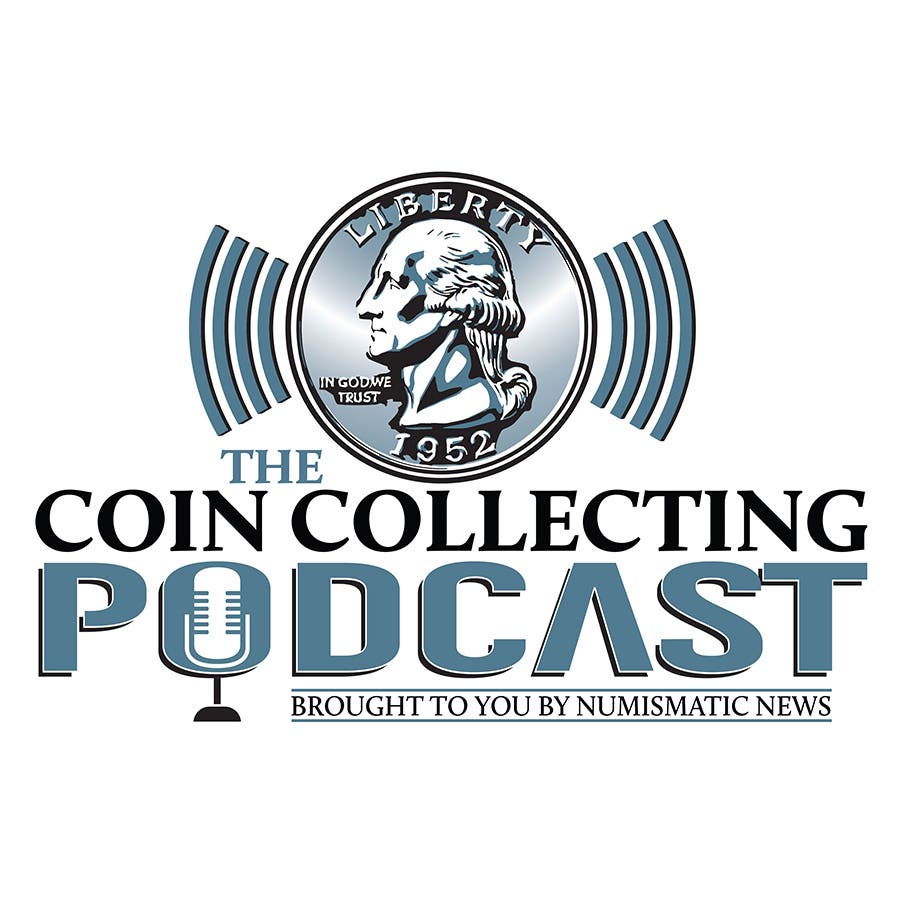Dot hopes dashed
The late Fort Worth, Texas, dealer Helen Wallace, told me on more than one occasion that she hated it when the headlines mentioned the 1943 copper cents. She said her…
The late Fort Worth, Texas, dealer Helen Wallace, told me on more than one occasion that she hated it when the headlines mentioned the 1943 copper cents.
She said her coin shop phone would then ring off the hook for several days with people calling her offering to sell her rare 1943 pennies.
Of course, what were being offered to her were the steel coins that exist by the tens of millions.
Occasionally, the callers would have copper-plated steel cents and she would tell them to see if it was attracted to a magnet. That’s the dead giveaway. Steel is attracted by a magnet. Copper is not.
I thought of this the other day in a matter relating to the 1936 Canadian dot cent.
Only three exist.
One sold in April for $248,750 in a Heritage auction.
Like the 1943 steel cent, the headline generated some confused feedback.
Fortunately for me, it was just one letter that arrived in the past week.
Written on a sheet of paper containing very large color copies of a standard 1936 Canadian cent, the writer informed me of the find of the fourth dot cent.
He added that if his letter were published that I should withhold his name. I expect he didn’t want neighbors to think he had just hit a numismatic jackpot.
As it happens, there are 8,768,769 regular issue 1936 Canadian cents with the portrait of King George V on the obverse.
These were coined in the normal manner. They are common.
The dot 1936 cent was created in order to keep cents flowing to commerce in 1937 while the Royal Canadian Mint produced dies for King George VI cents after delays caused by the abdication of King Edward VIII late in 1936. George V died in January 1936 and it is normal practice to continue to use the effigy of a late monarch for the rest of the year.
Edward VIII became king on Jan. 20, 1936, and abdicated Dec. 11, 1936. His quick departure knocked plans for 1937 Edward VIII cents into a cocked hat.
So to buy time, a tiny dot was placed below the 1936 date to allow continued use of the old design. This was to indicate they were struck in 1937.
All but three of the 678,823 dot cents were destroyed. Apparently commerce didn’t need them after all. No cents were issued for Edward VIII, who would have been on the 1937 dated-coins if he had just sat on the throne a few weeks longer.
It doesn’t help that the normal reverse of the 1936 cent has dots in two places that are flanked by what resemble arrow heads. These are placed above and below the ONE CENT denomination to separate the denomination statement from CANADA, which is above it, and the 1936 date below it.
Dots are dots, right?
Well, not if you want to sell the cent for almost a quarter of a million dollars.
If you are looking for the fourth dot cent, the dot is tiny and it is below the date, not above it.
Buzz blogger Dave Harper is editor of the weekly newspaper "Numismatic News."
- Subscribe to the NumisMaster Coin Price Guide for access to the web’s most comprehensive list of coin values
- Join the NumisMaster VIP Program for free subscriptions, store discounts, and more!
- Buy and sell coins, currency, and more in our online classifieds









